I’m writing this entry on the one-year anniversary of my two-week field residency with the US Fish and Wildlife Service (USFWS), at Koyukuk/Nowitna/Innoko National Wildlife Refuge. Why wait so long? The reason for my delay should become evident by the end of my post, but for now, let's say that I just needed the time to digest all that happened along the way.
My time with USFWS was more than I could have ever imagined. My host, Karin Lehmkuhl Bodony, organized a fast-paced itinerary, traveling by motor boat, float plane, canoe, kayak, and on foot through remote “bush” Alaska. But first, two round-trips in float-planes necessitated aircraft safety training. Otherwise, I might have missed out on hiking across Nogahabara Sand Dunes and kayaking at the Innoko Field Camp (the subject material for my painting).
My time with USFWS was more than I could have ever imagined. My host, Karin Lehmkuhl Bodony, organized a fast-paced itinerary, traveling by motor boat, float plane, canoe, kayak, and on foot through remote “bush” Alaska. But first, two round-trips in float-planes necessitated aircraft safety training. Otherwise, I might have missed out on hiking across Nogahabara Sand Dunes and kayaking at the Innoko Field Camp (the subject material for my painting).
The hospitality of using private cabins each night provided time for paddling, exploring, and rest and protection from insects, large animals and the occasional rip-roaring thunder storms.
| Between field excursions, we held two well-attended art workshops in Galena, Alaska. The first was on tangle drawing, which attracted about 30 elementary-age kids. Two days later, we offered a class on introductory landscape and wildlife painting, which attracted about 20 adults and older children. |
I accompanied Karin on peregrine falcon and exotic plant surveys. We also invested a few days on necessary seasonal maintenance at the Innoko NWR Field Camp.
Following my return to the studio, I painted a realistic triptych (42” wide in three panels) depicting the scenery, wildlife, and environmental conditions that we experienced while kayaking in Innoko NWR. Each 11”x14” panel was composed and executed as a complete signed artwork, so that individual panels can hang together as a panorama, or separately in more than one location. I I chronicled my preparations, residency experience, and creation of the artwork through posts on our Facebook pages Winfree-Studio and National Park Art. I also provided my host with a large-format printed book of collected blog entries, and DVD of photographs.
Considering the mandatory aircraft safety training, travel, fieldwork and preparation, art workshops and preparation, blogs and painting, I logged over 200 hours invested in this Artist’s Residency. I’ve met many people whose outlook on life was changed by a week in real wilderness. My first career was in as a natural scientist. Spending time in wilderness feels like coming home for me. This experience was epic and more than life changing. It was personally life-saving for me.
A week before my scheduled field work, I made an unexpected detour to the Emergency Room, when the pool-based “dunker training” dislodged a kidney stone. That was followed by exploratory surgery (cytoscopy) a few days before my departure. My doctor and the USFWS cleared me for field work, but my doctor scheduled another surgery for the week after I returned, and followed that with more extensive surgery four months later. I produced my paintings between my second and third surgeries, while I was receiving four cycles of chemotherapy. Today, just one year after my Artist’s Residency, I’m back to normal and ready for my next residency and fieldwork.
We discovered the cancer early. There is no detectable trace of it in my body today, and I have no medical restrictions on my activities. So as it turns out, my decision to apply for this residency, and their decision to select me, ended up saving my life - quite literally.
We discovered the cancer early. There is no detectable trace of it in my body today, and I have no medical restrictions on my activities. So as it turns out, my decision to apply for this residency, and their decision to select me, ended up saving my life - quite literally.
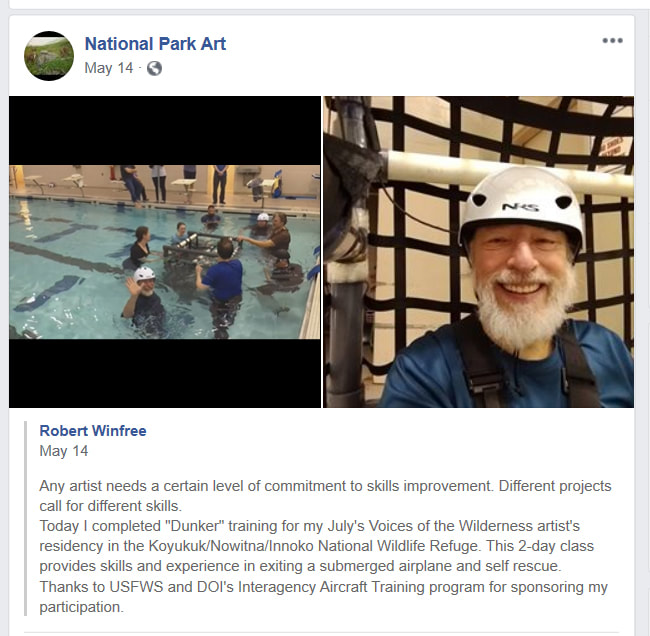
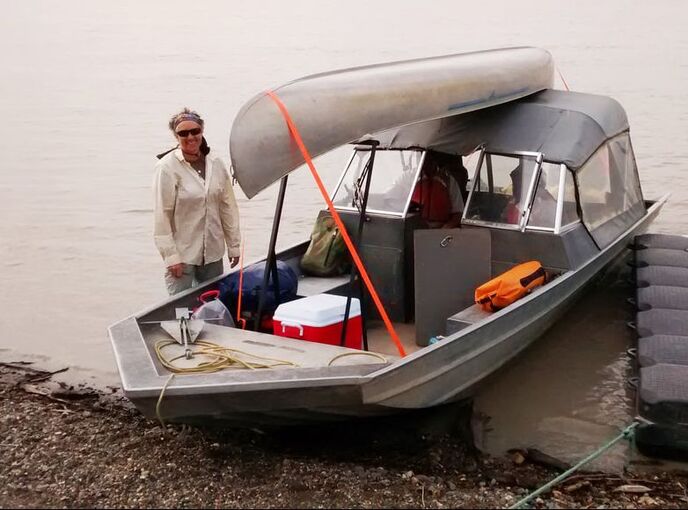
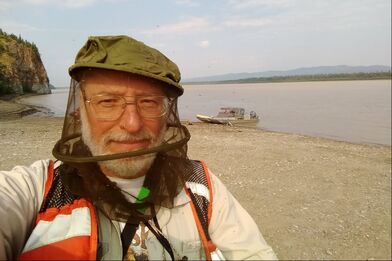
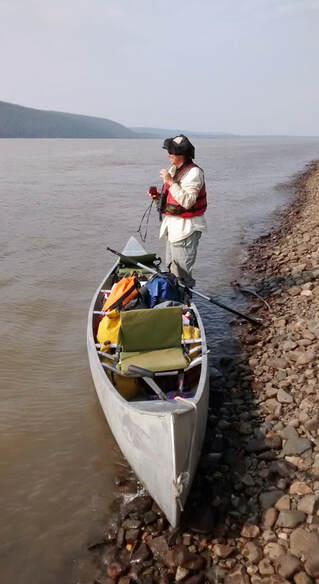
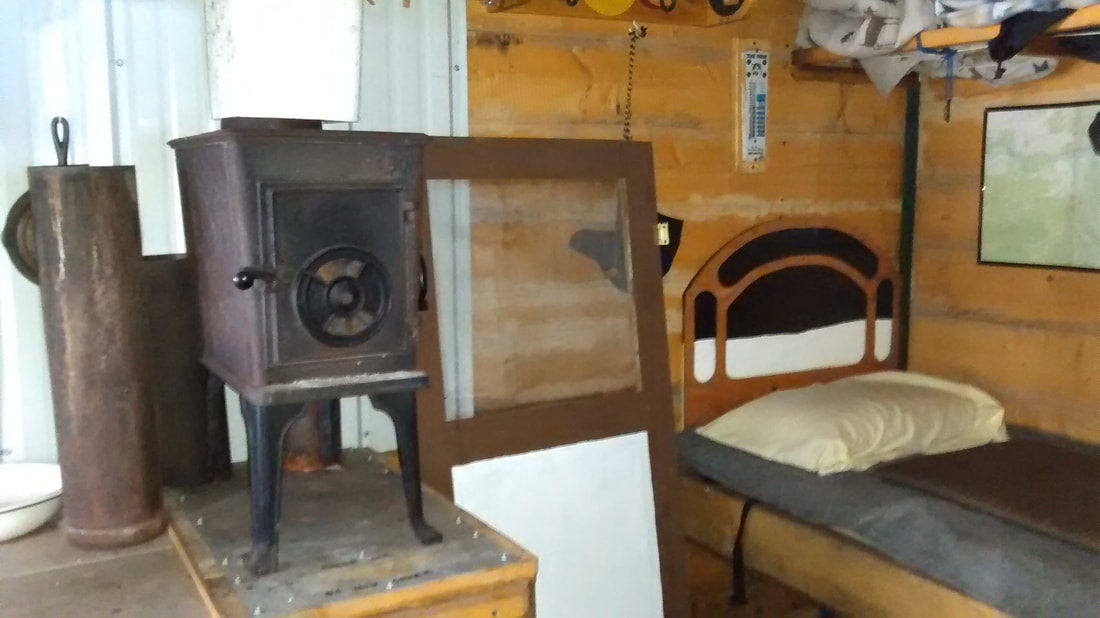
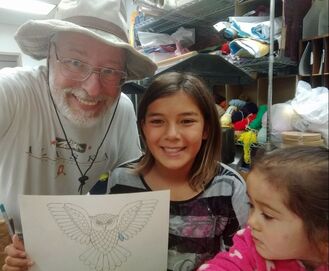
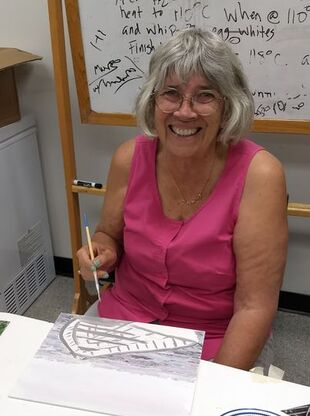
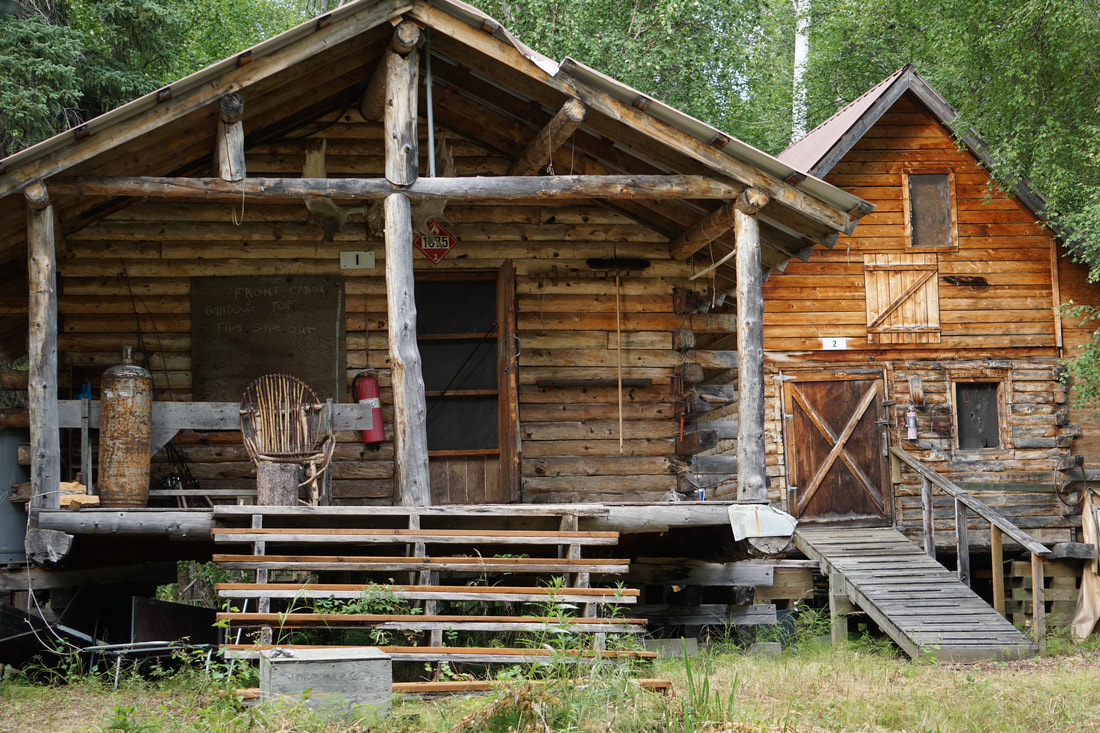

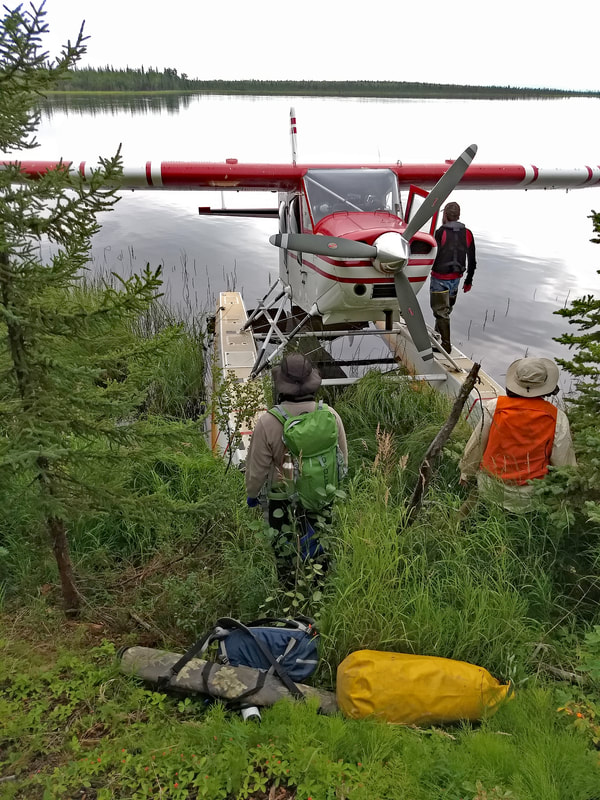
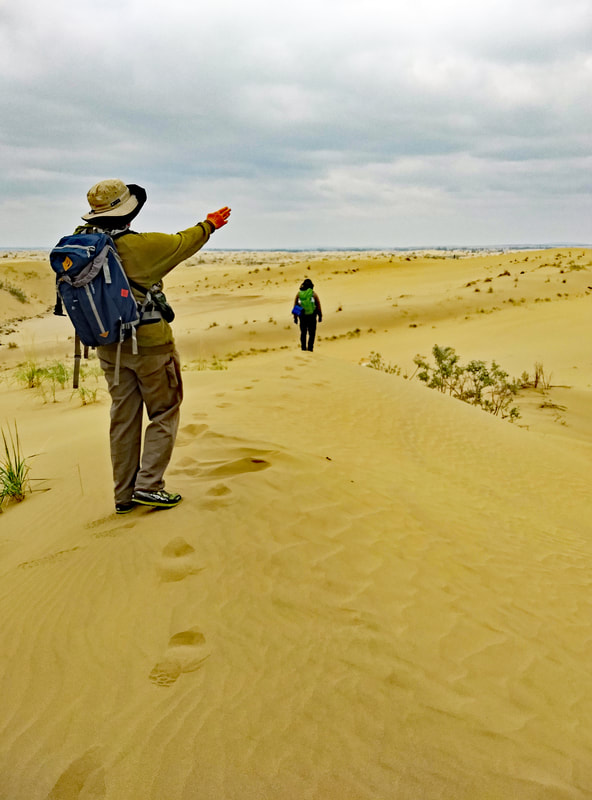
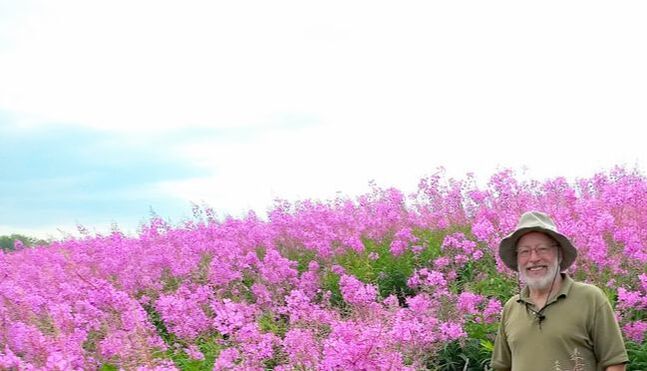
 RSS Feed
RSS Feed